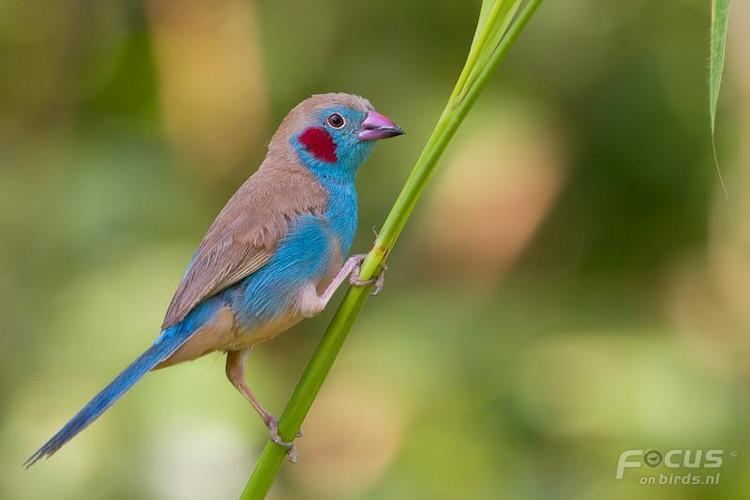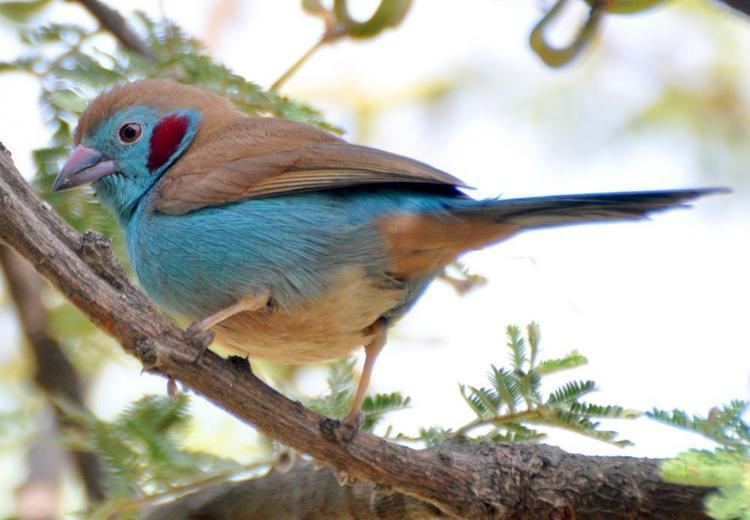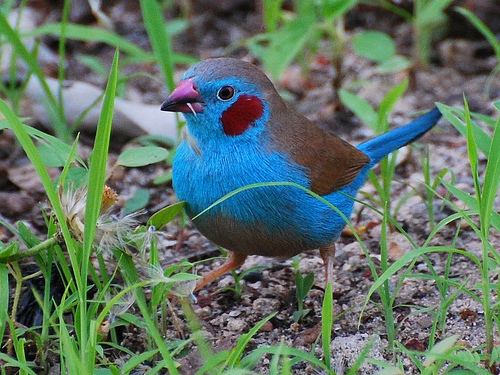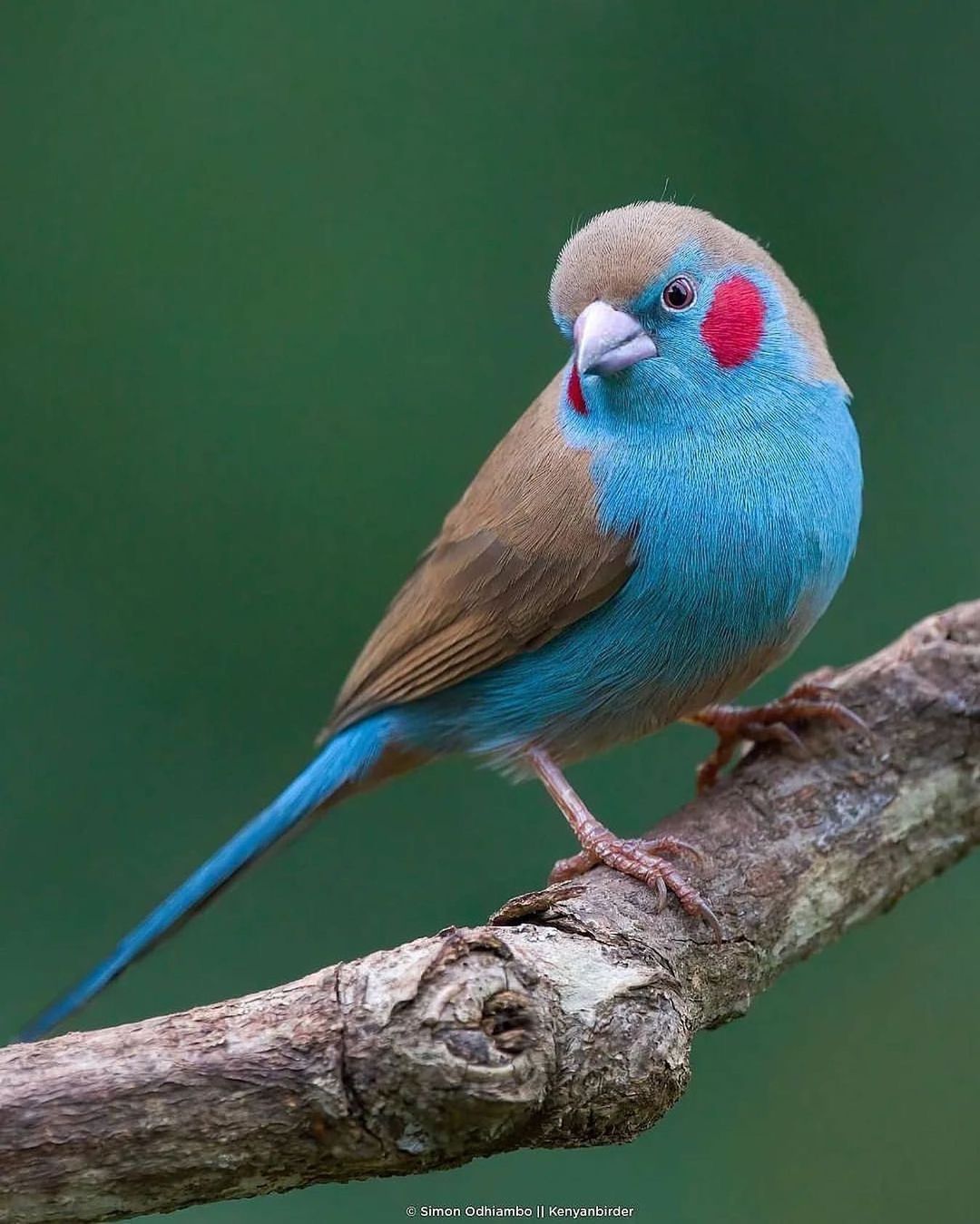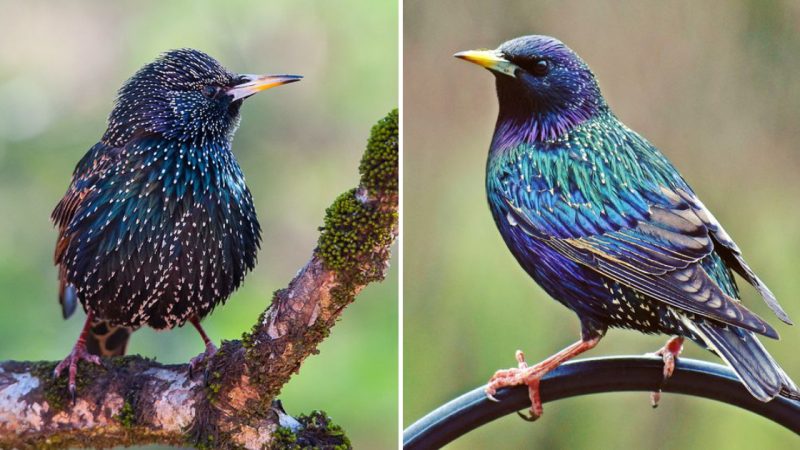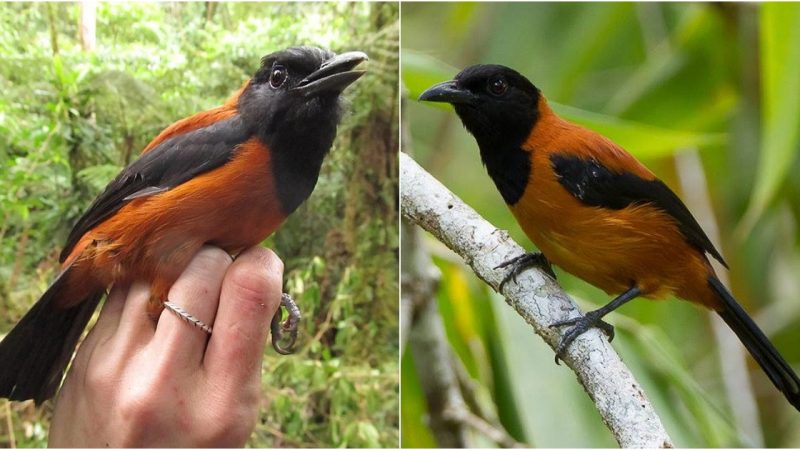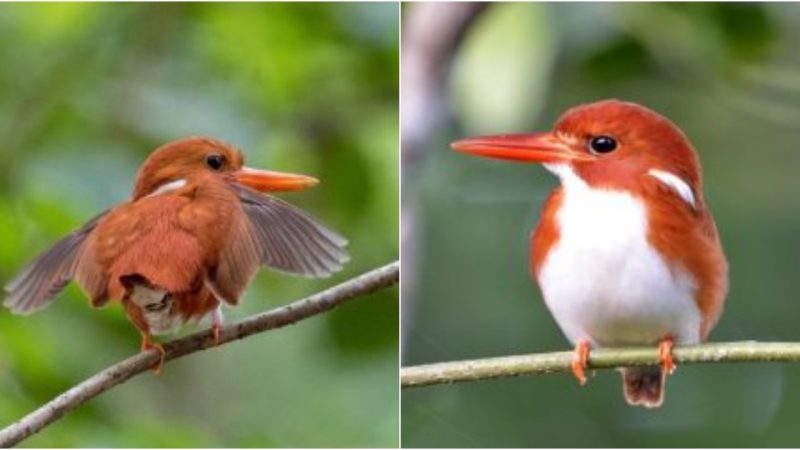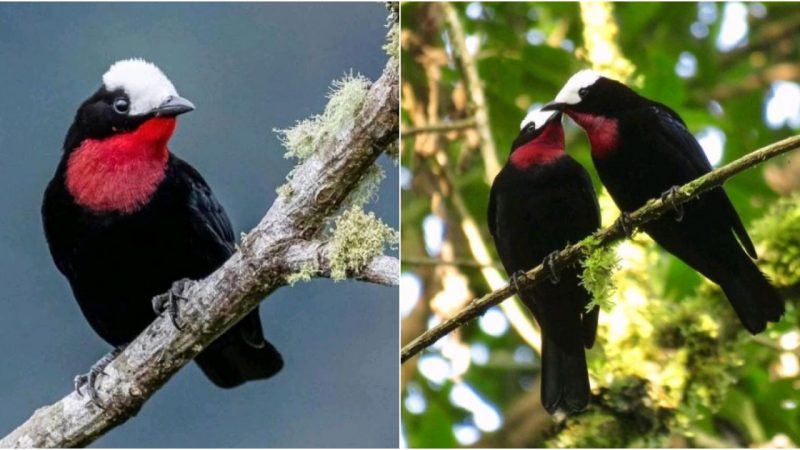The Enchanting Beauty of the Red-Cheeked Cordon-Bleu: A Unique and Captivating Bird
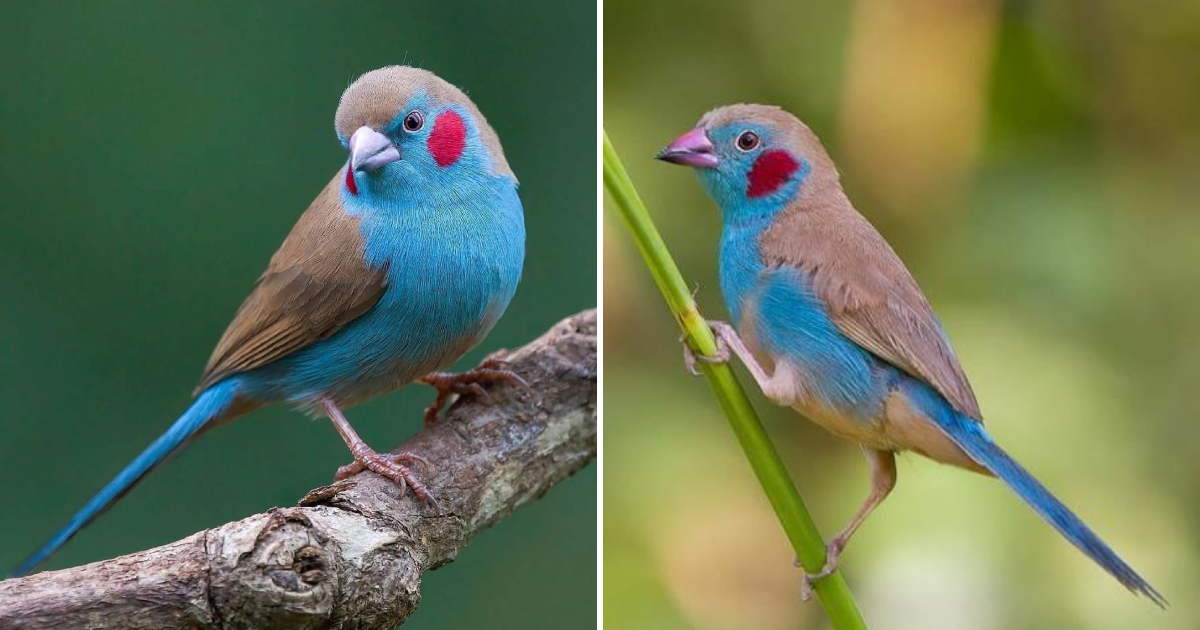
The red-cheeked cordon-bleu, also known as the red-cheeked cordonbleu (Uraeginthus bengalus), is a small passerine bird that showcases its uniqueness. This exquisite finch species can be found residing in drier regions of tropical Sub-Saharan Africa. With a global range spanning approximately 7,700,000 km², the red-cheeked cordon-bleu captivates with its vibrant appearance.

Initially classified under the genus Fringilla in Carl Linnaeus’ 1766 edition of Systema Naturae, the red-cheeked cordon-bleu was later reclassified alongside other cordon-bleu and grenadier species in the genus Uraeginthus. Within this genus, the red-cheeked cordon-bleu, the blue-capped cordon-bleu, and the blue waxbill form a distinctive species group. Additionally, it is believed that the red-cheeked cordon-bleu and the blue waxbill may share similar habitats, potentially forming a superspecies.
There are five subspecies of the red-cheeked cordon-bleu, primarily distinguished by the amount of blue present on the face and underparts of the females.
Surprisingly, on 15th February 2013, the American Ornithologists’ Union mistakenly classified the red-cheeked cordon-bleu as a taxonomic synonym within the incertae sedis family, which also includes the bananaquit. However, this classification appears to be an error, as no explanation was provided.
Measuring a mere 12.5–13 cm (4.9–5.1 in) in length, the red-cheeked cordon-bleu, like its genus counterparts, is a diminutive finch. It has uniformly brown upperparts, a pale blue breast, flanks, and tail, with a yellow belly. Each cheek is adorned with a red patch, although occasionally it may appear orange or even yellow. Females exhibit a similar but duller appearance and lack the distinctive cheek spot. Immature birds resemble females, but with blue restricted to the face and throat.
Behavior-wise, the red-cheeked cordon-bleu is frequently observed in open grasslands, savannas, and even around human settlements.
Feeding primarily on grass seeds, this species is classified as a granivore. It also consumes millet, small seeds, and occasionally beeswax. However, competition with larger granivores, such as the pin-tailed whydah, can restrict the feeding opportunities of the red-cheeked cordon-bleu and impact their foraging success.
For breeding, this finch constructs a large domed grass nest with a side entrance, typically found in trees, bushes, or thatched structures. Within the nest, the female lays around 4–5 white eggs.
Studies by Antonio Arnaiz-Villena et al. suggest that the origin and phylogeny of the Estrildinae family, which includes the red-cheeked cordon-bleu, can be traced back to India before dispersing towards African and Pacific Ocean habitats.
In aviculture, the red-cheeked cordon-bleu has gained popularity as one of the most sought-after exotic finches. While it does not have specific housing requirements, its vulnerability to low temperatures stems from its habit of roosting on exposed branches rather than seeking shelter in nests or protected areas. During the breeding season, captive males display heightened aggression towards one another, and disturbances during incubation often cause birds to abandon their nests.
Thank you for taking the time to read this article. If you found it interesting, please share it with others!
